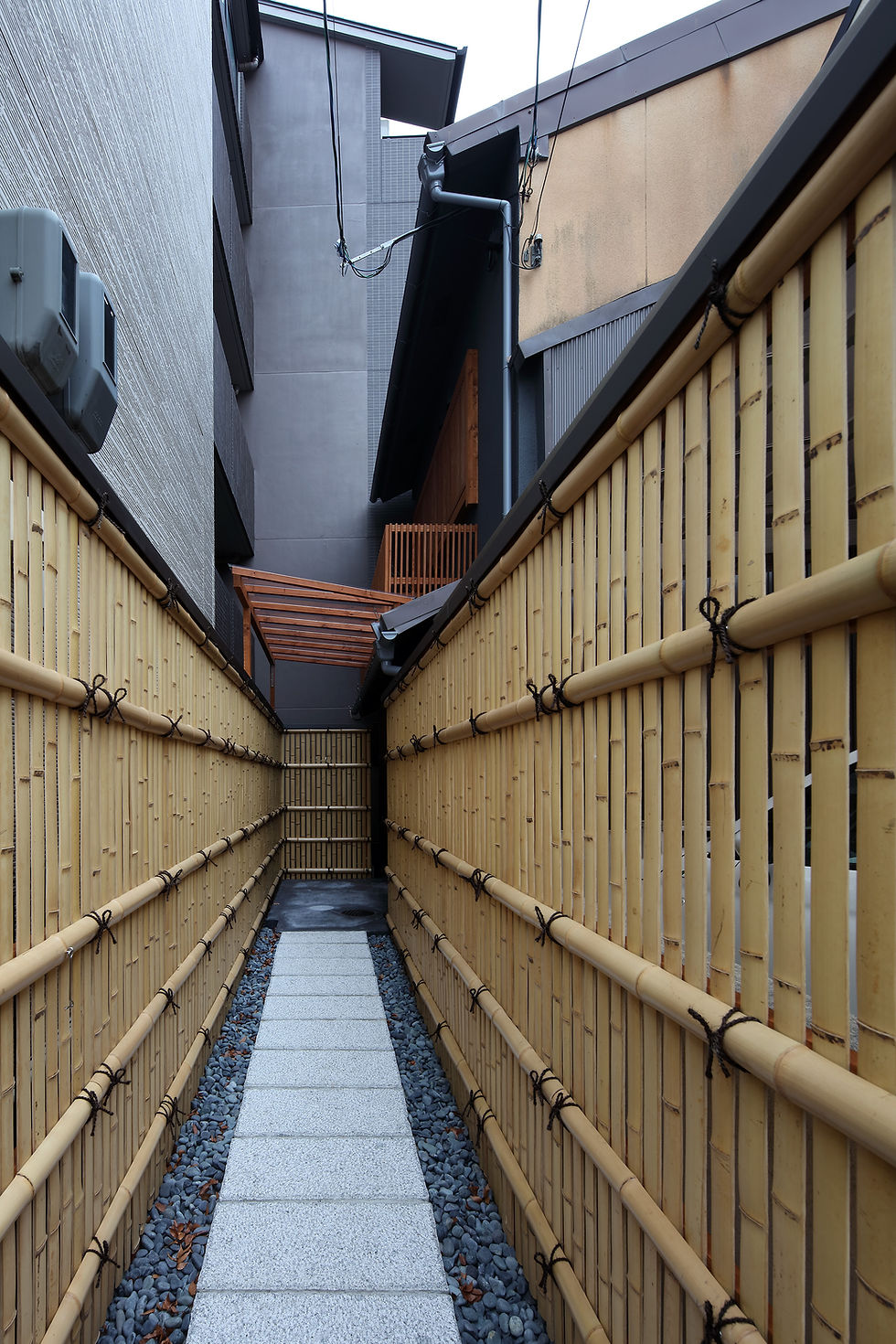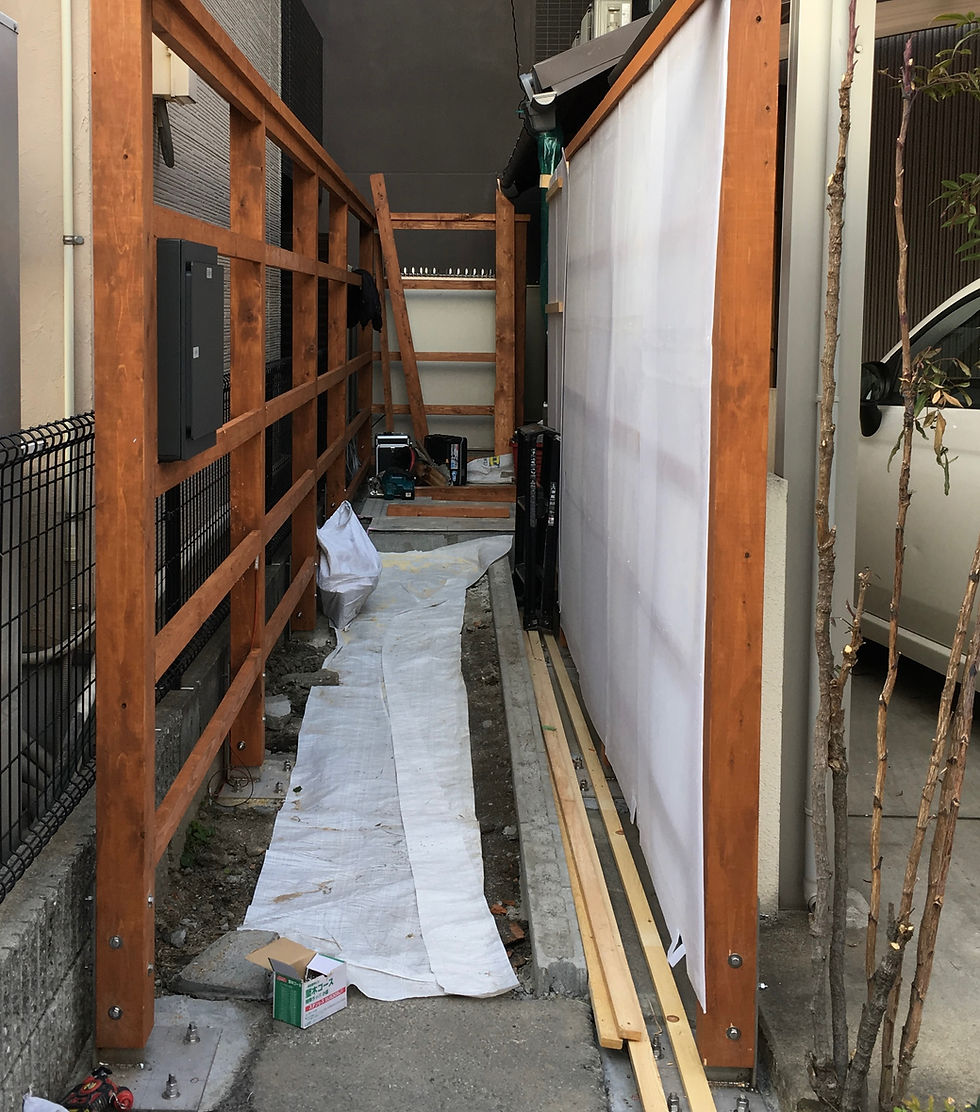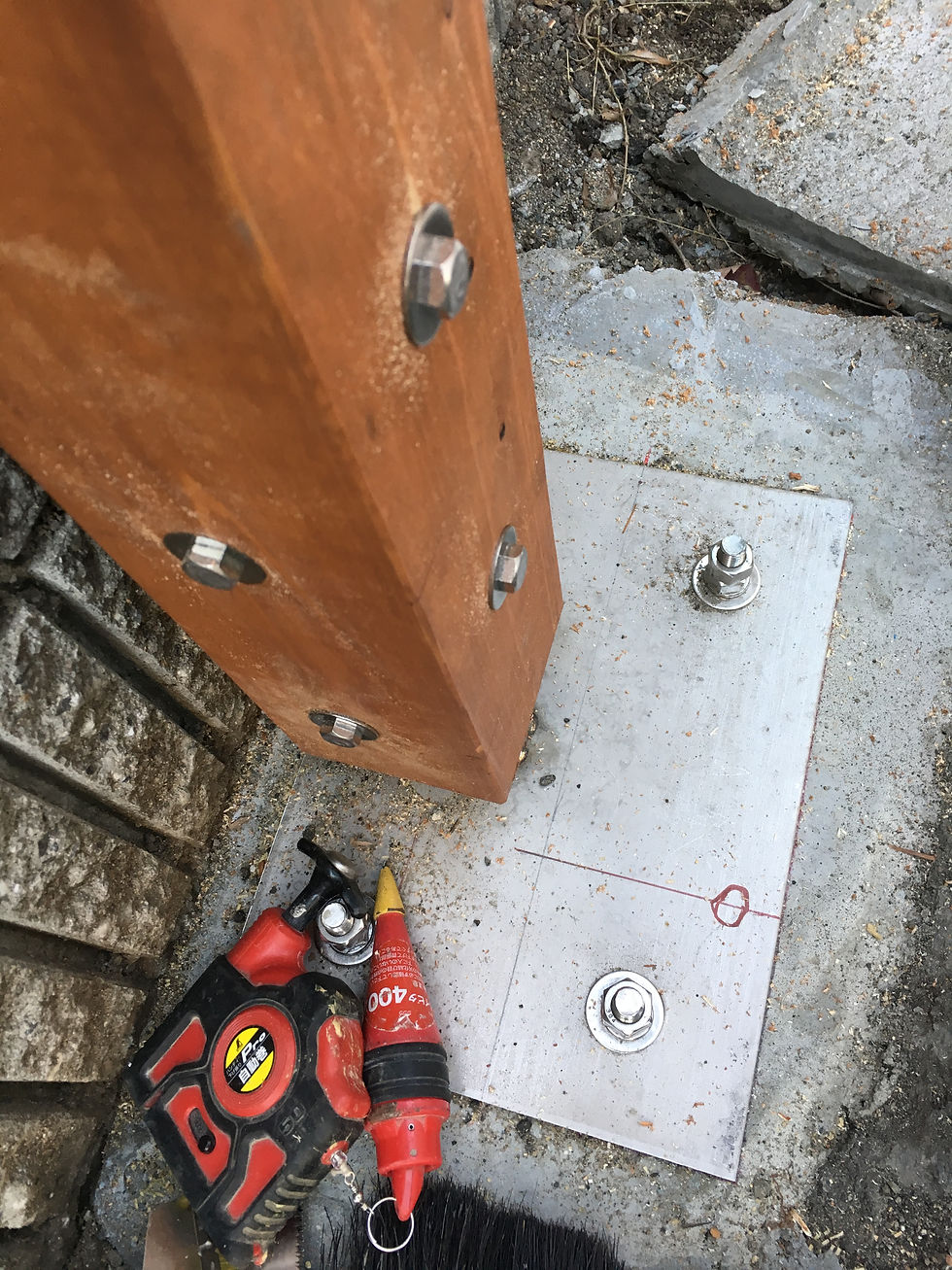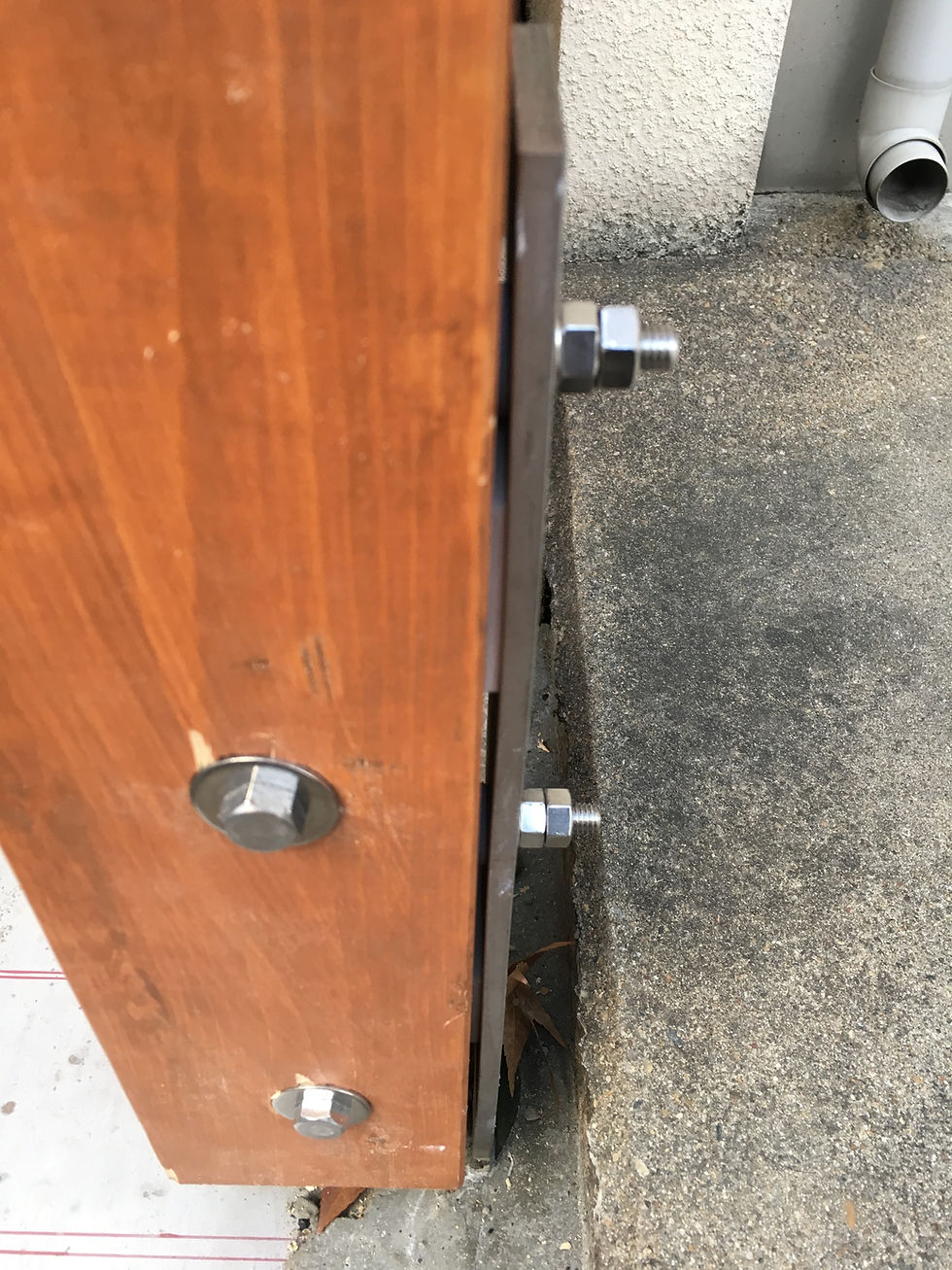50-year Test
- Shinya Yamada
- May 22, 2024
- 1 min read
Updated: May 28, 2024
Rohm Theater Kyoto, one of the great works of Modernism architecture in Japan is actually within walking distance from YA's office. This building often makes me wonder if a real test of good architectural design is whether it will continue to be used favourably by people beyond its first 50-year life.
Formerly known as Kyoto Kaikan [Kyoto Public Auditorium], it was designed by Kunio Maekawa and completed in 1960. About 50 years later, during the 2010s, the building underwent a thorough renovation and remodel to reinvigorate its future life as the community's performance arts facility in line with the original design.
The original building's detail design, for instance, the cast-in-place exterior wall tiles and the deep roof overhangs in conjunction with the cantilevered balconies quietly remind us that durability is an essential value to good architectural design.
On a related note, this basic value of durability is what makes architects so keen on hardly noticeable or even concealed details. In conventional timber-framed building projects, for example, we architects make sure washers with spring or elastic rubber are used for coach bolt installations to address timber shrinkage that may cause loose structural connections. For plywood shear walls, architects check the nail spec, size, spacing, depth of overdriving, etc. to ensure the designed shear strength. In addition to structural components, there are numerous other items to be vefified during the construction process. All these small behind-the-scenes efforts by architects gear towards the building's durability.




































